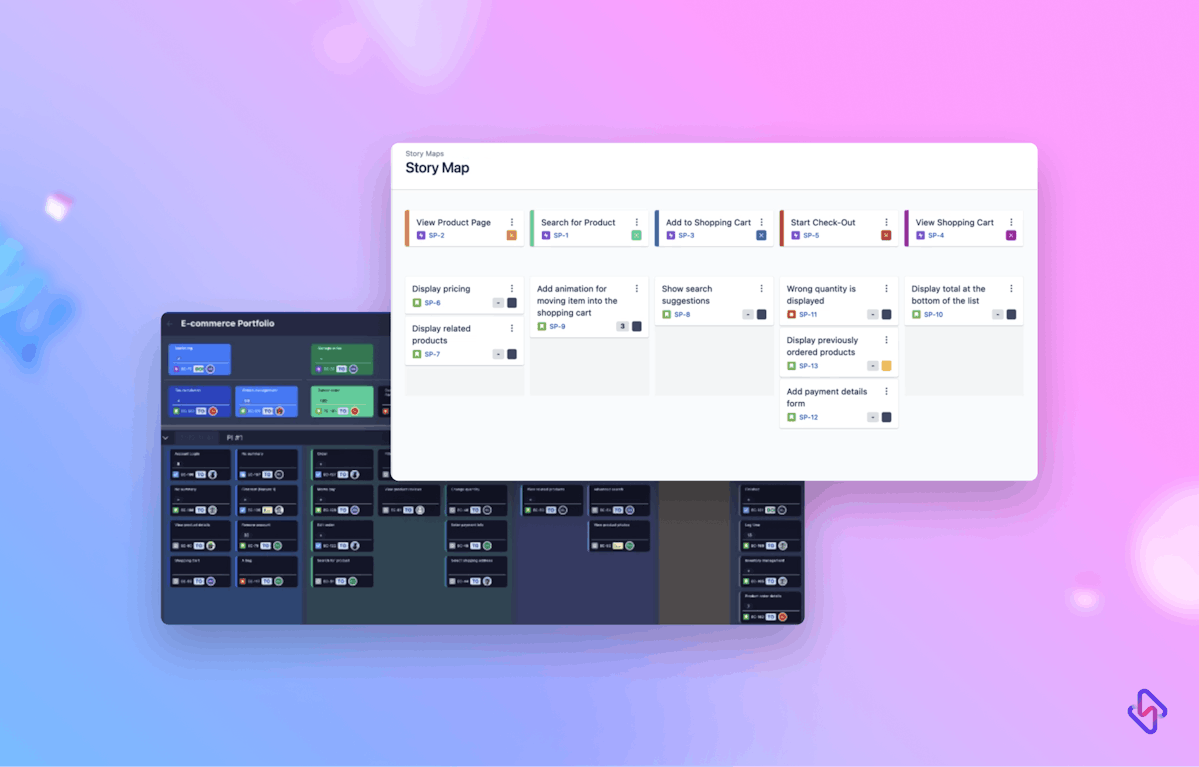Jira, developed by Atlassian, has become the go-to tool for many software development teams practicing Agile methodologies. A crucial aspect of Agile development is the use of user stories, which help teams focus on delivering value to end-users.
In this guide, we'll dive into creating, managing, and collaborating on user stories using Jira. By the end of this article, you'll have a solid understanding of how to effectively incorporate user stories into your Jira projects.
Understanding User Stories
User stories are simple, yet powerful tools that capture the requirements of a software feature from the end-user's perspective. They consist of three key components:
- As a [role]: The user for whom the feature is being developed
- I want [feature]: The desired functionality
- So that [benefit]: The value the user will gain from the feature
User stories offer several benefits, including enhanced collaboration among team members, improved prioritization of features, and a streamlined development process.
Setting Up a Jira Project for User Stories
Before diving into user stories, it's essential to set up your Jira project properly. Start by selecting an appropriate project template. For Agile development, you can choose between Scrum and Kanban templates.
Are you looking for Jira templates to streamline different tasks, do check out our article on Jira Project Management Templates here!
Next, customize the project settings to suit your team's needs, such as configuring the board's columns and swimlanes. You can also set up issue types and workflows to ensure that your user stories flow smoothly through your team's development process.
Read- Expert Tips For Project Management in Jira
Creating and Writing Effective User Stories in Jira
Writing effective user stories is crucial to ensure your team remains focused on delivering value. Keep these best practices in mind:
- Keep it simple: Write user stories in plain language that's easy to understand.
- Focus on user value: Ensure that the user story centers on the benefit it provides to the user.
- Make it testable: Write user stories in a way that makes them verifiable by acceptance criteria.
Here's a step-by-step process to create a user story in Jira:
- Navigate to your project's backlog or board.
- Click on "Create issue" or "+ Add" button.
- Select "Story" as the issue type.
- Fill in the "Summary" field with a concise description of the user story using the "As a, I want, So that" format.
- Add any necessary details, such as labels, components, and assignees.
- Click "Create" to save the user story.
Managing User Stories in Jira
Organizing, prioritizing, and tracking user stories in Jira is critical to successful Agile development. Here are some tips for managing user stories:
- Organize user stories with Epics: Group related user stories under a larger initiative, called an Epic, to provide context and improve organization.
- Estimate user story effort with story points: Use story points to approximate the complexity and effort required to complete a user story, helping your team plan and allocate resources effectively.
- Use sprints to plan and track user story progress: Break your project timeline into smaller increments, or sprints, and assign user stories to specific sprints to improve focus and track progress.
Also, do check out our article on Jira Project Management Tips to Boost Team Productivity.
Collaborating on User Stories in Jira
Effective collaboration is at the heart of Agile development. Jira offers various features to facilitate teamwork on user stories:
- Assign user stories to team members: Delegate responsibility for a user story by assigning it to the appropriate team member, ensuring that everyone knows who is working on what.
- Comment and discuss user stories: Use the commenting feature to ask questions, provide feedback, or discuss potential solutions, keeping all communication related to a user story in one centralized location.
- Share user stories with external stakeholders: Grant access to user stories for stakeholders outside your team, such as clients or other departments, to gather feedback and maintain transparency.
[Read - Setting Up Jira Roadmaps in 2024]
Maximizing Efficiency with Jira and User Stories
Incorporating user stories into your Jira projects is a powerful way to streamline your Agile development process and keep your team focused on delivering value to end-users. By understanding the key components of user stories, setting up your project correctly, and effectively managing and collaborating on user stories in Jira, you'll be well on your way to making the most of this versatile tool.
We encourage you to apply the concepts and techniques outlined in this guide to your own Jira projects. As you do so, don't hesitate to share your experiences, ask questions, or provide feedback in the comments section below. Remember, continuous improvement is at the core of Agile development, and learning from each other is a critical part of that journey.
Subscribe to the Hatica blog today to read more about unblocking developers, and boosting productivity with engineering analytics.






